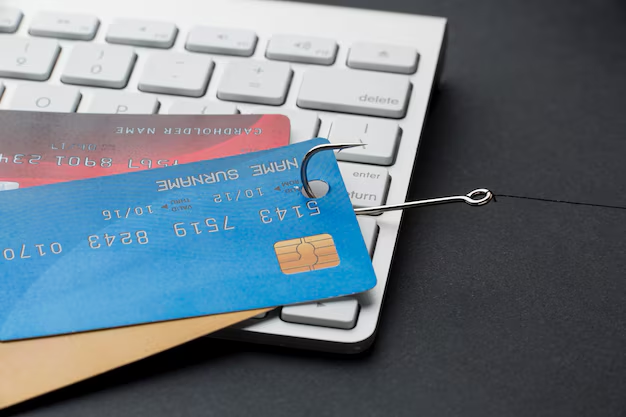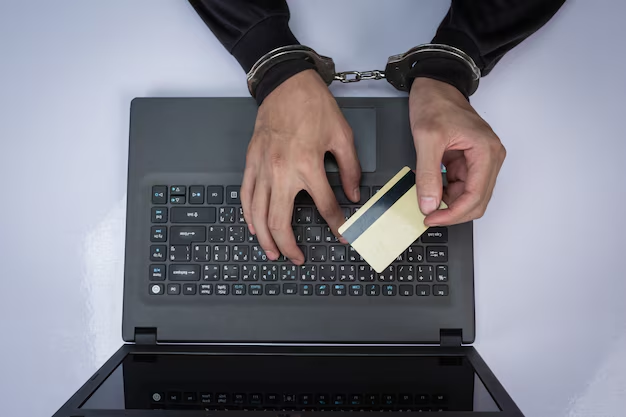In the modern era of digital payments, credit cards have become a convenient and widely used financial tool. However, with this convenience comes the risk of fraud, which can have severe financial and emotional consequences. Understanding how to handle credit card fraud and proactively safeguarding your account can help you avoid falling victim to scams.
Signs of Credit Card Fraud
Detecting credit card fraud early is crucial. Here are some common signs:
- Unauthorized transactions on your account.
- Notifications of purchases you did not make.
- Unexpected drops in your credit card limit or available balance.
- Receiving OTPs (one-time passwords) for transactions you did not initiate.
- Errors or unfamiliar entries on your credit report.
Steps to Handle Credit Card Fraud

1. Report Fraud Immediately
Contact your credit card issuer as soon as you notice suspicious activity. Most companies have a dedicated fraud helpline. Reporting early can help minimize losses and start the dispute process.
2. Freeze or Block Your Card
Many banks offer the option to temporarily freeze your card via mobile apps or websites. This prevents further unauthorized transactions while the issue is being investigated.
3. File a Dispute
If fraudulent charges appear on your account, file a dispute with your credit card issuer. Provide supporting evidence, such as receipts or statements, to strengthen your case.
4. Notify Credit Bureaus
Alert credit reporting agencies about the fraud to prevent its impact on your credit score. You may also request a fraud alert on your profile to deter further misuse.
5. File a Police Complaint
In severe cases, such as identity theft or large financial frauds, filing an FIR (First Information Report) can help protect your legal interests and aid in investigations.
Tips to Protect Your Credit Card from Fraud
1. Use Secure Networks
Avoid using public Wi-Fi for online transactions. Use secure, encrypted networks whenever possible.
2. Enable Alerts
Activate SMS and email notifications to track transactions in real-time. This helps you identify unauthorized activities quickly.
3. Avoid Sharing Sensitive Information
Never share your card details, PIN, or OTP with anyone, even if they claim to be from your bank. Banks never ask for such information.
4. Monitor Statements Regularly
Review your credit card statements frequently for any unauthorized charges or irregularities.
5. Update Your Card Details Securely
When updating card details on websites, ensure they are legitimate and use HTTPS (secure) protocol.
Conclusion
Credit card fraud is a growing concern in the digital age, but taking proactive measures can significantly reduce your risk. By staying vigilant, using secure practices, and knowing how to act in case of fraud, you can protect yourself and your finances. Remember, quick action is essential to minimize losses and resolve the issue efficiently.
FAQs
Q. What should I do first if I suspect credit card fraud?
Immediately contact your credit card issuer and report the suspicious activity. They can guide you on the next steps.
Q. How can I avoid credit card fraud while shopping online?
Shop on secure websites, avoid using public Wi-Fi for transactions, and enable two-factor authentication for added security.
Q. Will I be held responsible for fraudulent charges?
Most credit card issuers have policies that limit your liability if you report fraud promptly. Check your card’s terms for specifics.
Q. Is it safe to save credit card information on websites?
While it can be convenient, storing card details on websites increases the risk of theft during data breaches. Use virtual cards or one-time payment methods when possible.
Q. How often should I check my credit card statement?
It’s advisable to review your statement at least once a month or more frequently if you suspect unauthorized activities.
